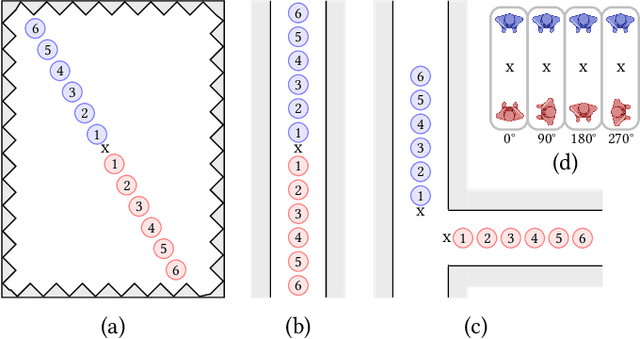WIP: Distance Estimation for Contact Tracing -- A Measurement Study of BLE and UWB Traces
Paper and Code
Jan 22, 2021



Mobile contact tracing apps are -- in principle -- a perfect aid to condemn the human-to-human spread of an infectious disease such as COVID-19 due to the wide use of smartphones worldwide. Yet, the unknown accuracy of contact estimation by wireless technologies hinders the broad use. We address this challenge by conducting a measurement study with a custom testbed to show the benefits and limitations of Bluetooth Low Energy (BLE) in comparison to distance estimation by ultra-wideband (UWB). Our results confirm that BLE-based distance estimation is not sufficient in real scenarios where smartphones are shielded heavily by the users' bodies. Yet, multi-path signal propagation reduces the effect of body shielding. Finally, we demonstrate that UWB is more robust to the environment than BLE.
 Add to Chrome
Add to Chrome Add to Firefox
Add to Firefox Add to Edge
Add to Edge